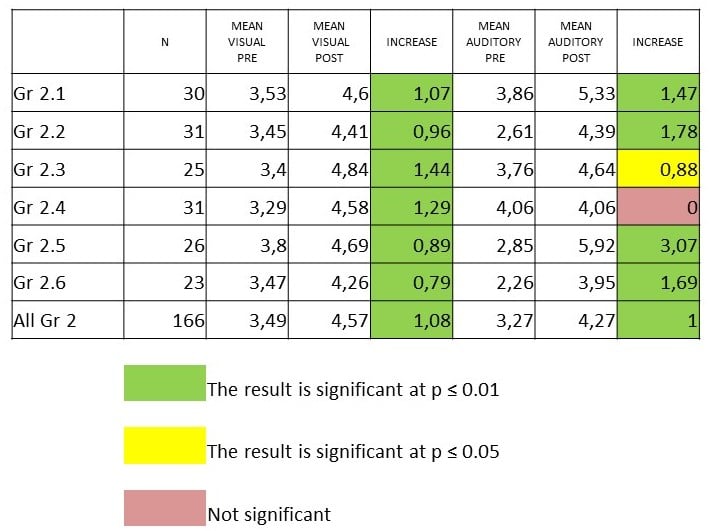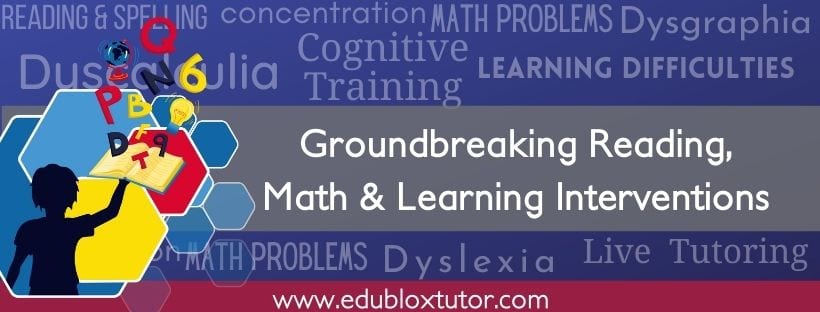 The Edublox program was introduced to the Foundation Phase of a primary school in Johannesburg. The school is a very large and diverse school. In the Foundaton Phase they have approximately 600 children. These children come from all nationalities and walks of life. The majority are ESL children.
The Edublox program was introduced to the Foundation Phase of a primary school in Johannesburg. The school is a very large and diverse school. In the Foundaton Phase they have approximately 600 children. These children come from all nationalities and walks of life. The majority are ESL children.
Edublox aims at improving a variety of cognitive skills including focused and sustained attention, visual and auditory processing, and visual, auditory and sequential memory.
Due to the many children it was possible to fit in only two half-hour sessions per week. Toward the end of the school year the grouping was changed and the learners with more intense problems were accommodated three times a week. This contributed to better progress with some of the students.
In all the grades the teachers found enthusiasm toward the program and in some children they could identify a change of attitude.
Visual and auditory digit spans
The children’s visual and auditory digit spans were assessed before the program was introduced, and again nine months later.
Digit span is a common measure of short-term memory, i.e. the number of digits a person can absorb and recall in correct serial order after hearing them or seeing them. As is usual in short-term memory tasks, here the person has to remember a small amount of information for a relatively short time, and the order of recall is important.
According to neurodevelopmentalist Cyndi Ringoen, a poor auditory short-term memory is often the cause for a child’s inability to learn to read using the phonics method. Phonics is an auditory learning system, and it is imperative to have a sufficient auditory short-term memory in order to learn, utilize and understand reading using the phonics method.
Listening skills are also important, says Mrs. van Schalkwyk, who headed the Edublox project: “In previous years the weak children had a lot of difficulties because of poor listening skills. They just could not hear different sounds when blending, e.g. dr-, cl-, sw- etc.
“I have found that the auditory exercises have been excellent for finer listening skills. Even the weakest child, immaterial of language background, is now able to hear two sounds correctly when doing phonics.
“The auditory exercises also enhance auditory memory.”
Pre- and post-scores
Below are the pre- and post-scores of 166 Grade 2 students, who were divided into six classes.
The mean visual digit span prior to intervention was particularly low: only 3.49. The mean visual digit span after intervention was 4.57. The improvement in visual digit span of all the classes was highly significant, as well as the visual digit span of the group as a whole, according to the t-test.
The mean auditory digit span prior to intervention was also very low: only 3.27. Up until the age of 6, the auditory digit span usually correlates with the age of the child: a one-year-old can do 1 digit, two-year-old 2 digits, three-year-old 3….. up until the six-year-old. The average adult has an auditory digit span of 6 to 7. A child in Grade 2 should thus ideally have an auditory digit span of 6.
The mean auditory digit span after nine months was 4.27. One class seemingly did not improve in terms of auditory digit span and the improvement of one other class was only significant, not highly significant. The improvement in auditory digit span of all the other classes was highly significant, as well as the auditory digit span of the group as a whole, according to the t-test.

.



